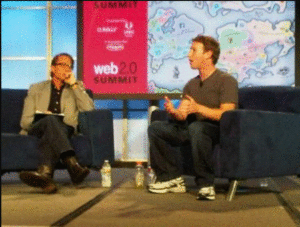“In crypto, the price is the news” said a smart person on Twitter. Today, it most definitely is. With Bitcoin blowing past 20K USD and folks in technology and finance struggling to fit narratives to price changes, it is important that in the midst of all the noise around price we don’t lose sight of a very significant and impactful paradigm shift that Bitcoin is an instance of: Decentralization.
The ‘Digital Gold’ narrative has given a very effective model for most of us to understand Bitcoin. But the simplicity of this model is also its curse – it mostly hides the actual promise that Bitcoin represents – that trust can indeed be decentralized, and a ‘hubless’ world is very much possible. In fact, in a digital world where we all increasingly understand that “we are the product” – a move towards such a hubless economy might be inevitable.
It will help to remember that Decentralization is not a discrete point in the space of how economies work, but a continuous spectrum. The most recent changes in economic models that we have witnessed (Hotel chains to AirBnB, Taxi companies to Uber) tell us that directionally, we are definitely moving towards a peer-to-peer (P2P) model for many economic functions – and while there might be attempts to decentralize most functions (very comparable to the Internet), the ones where a P2P model would be the best fit, the model will stick. Crypto (and the token model representing ownership/utility/governance) just happens to be the current transactional framework that enables such economies to function. There will be more.
Unfortunately, Bitcoin – the first instance of this shift – happens to address a very tricky concept: Money. The fact that many of the early cryptocurrencies that came after Bitcoin chose to just refine the concept – improving what Bitcoin did, on parameters like scalability, privacy and programmability, but still focusing on the concept of Money – brought a lot of skepticism and negative commentary to the space. Obviously, if you put anonymity and Money in the same sentence, the interpretations cannot be very positive. The 2017 ICO boom, where many players chose to ignore the regulations set by governments and organizations that oversee fundraising, added strength to the perception that decentralizing trust is not a good idea – and made many smart people both in technology and finance just stay away from Crypto.
So here is the one good thing that the price of Bitcoin does to the space: it brings the attention back. And while we have the attention, it is important for us to ask: If the Internet – with its promise of disintermediation – deserved a chance, if the sharing economy – with its promise of providing more economic opportunities to individuals – deserved a chance, then, with its promise of a P2P world with no hubs that might misuse our trust for profit – Decentralization Deserves a Chance?

